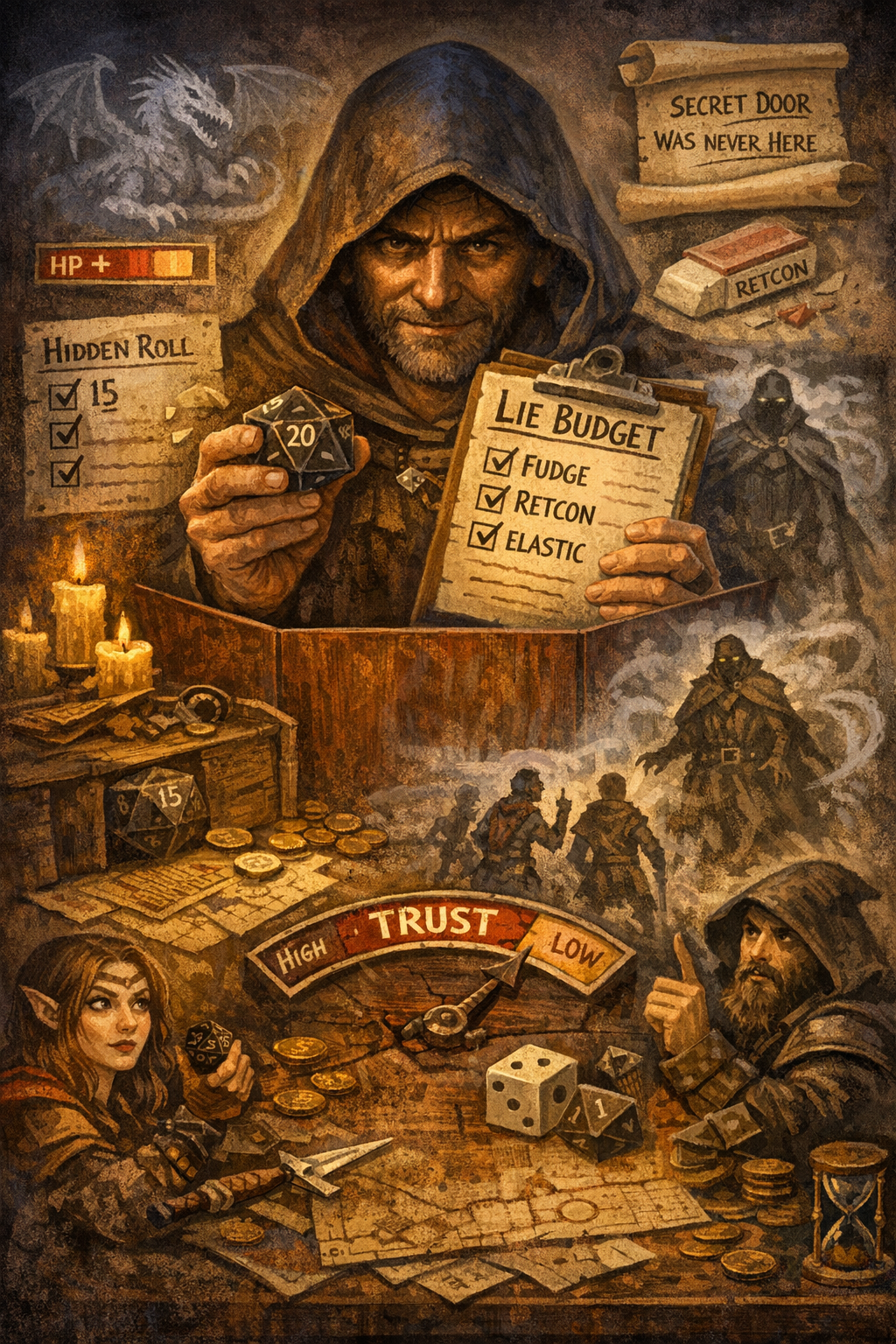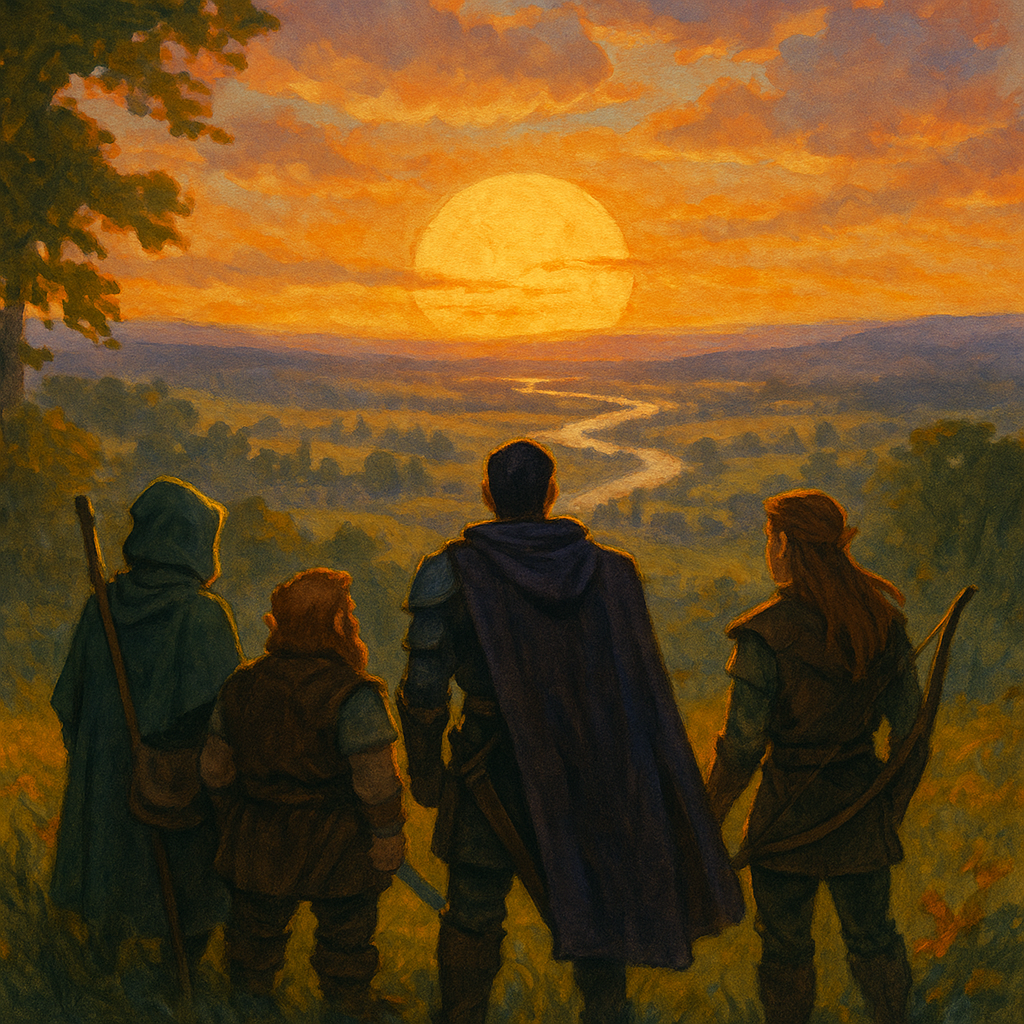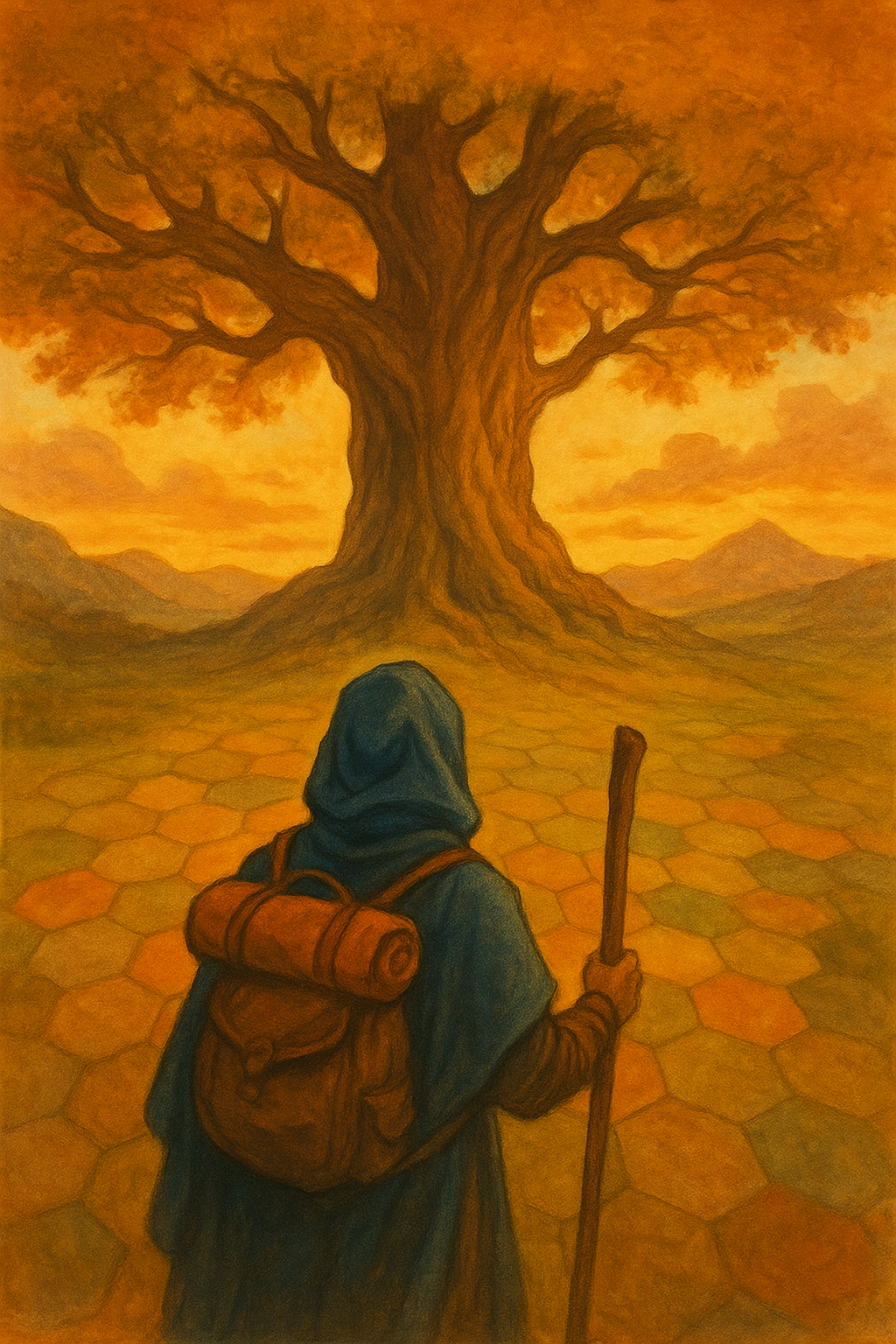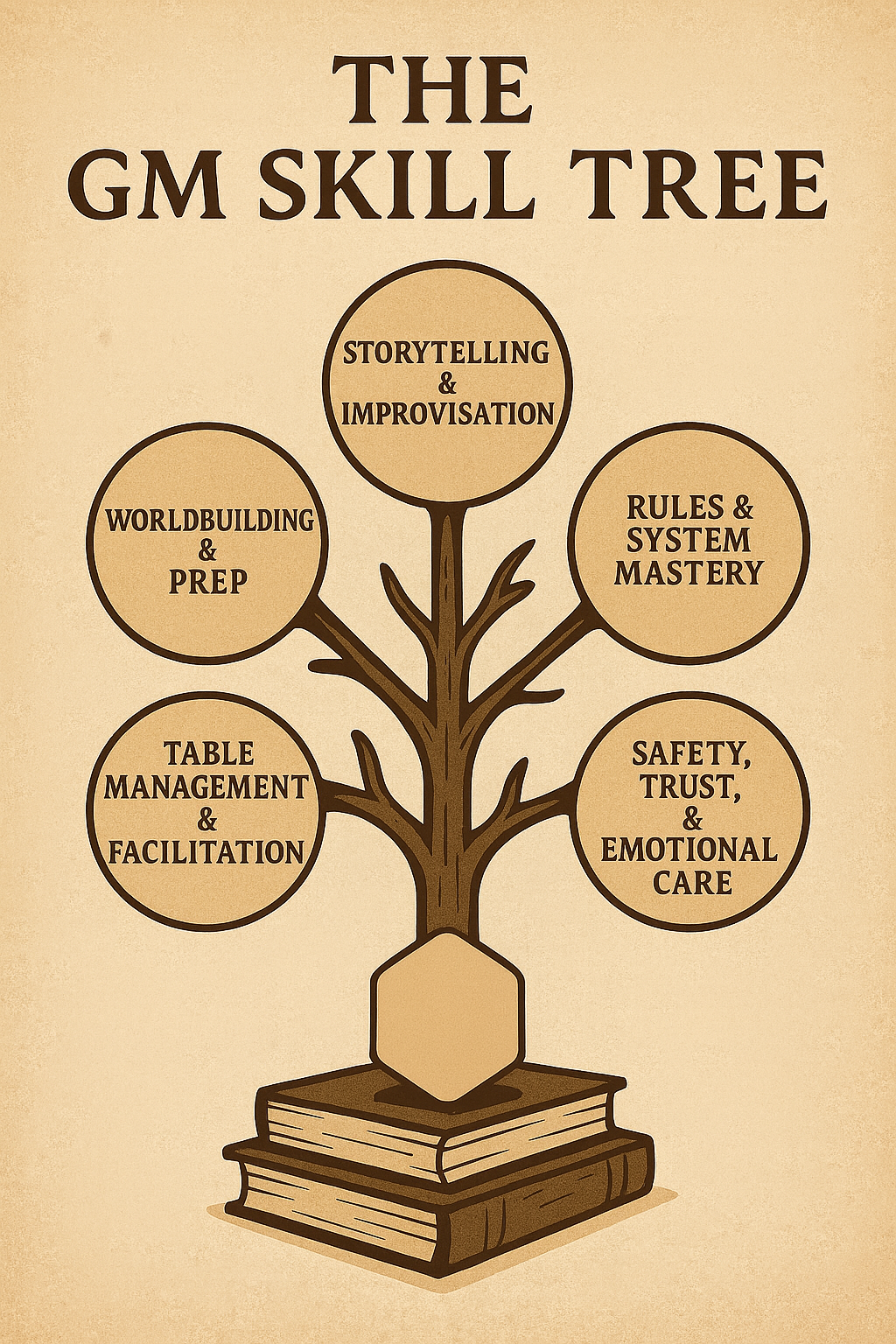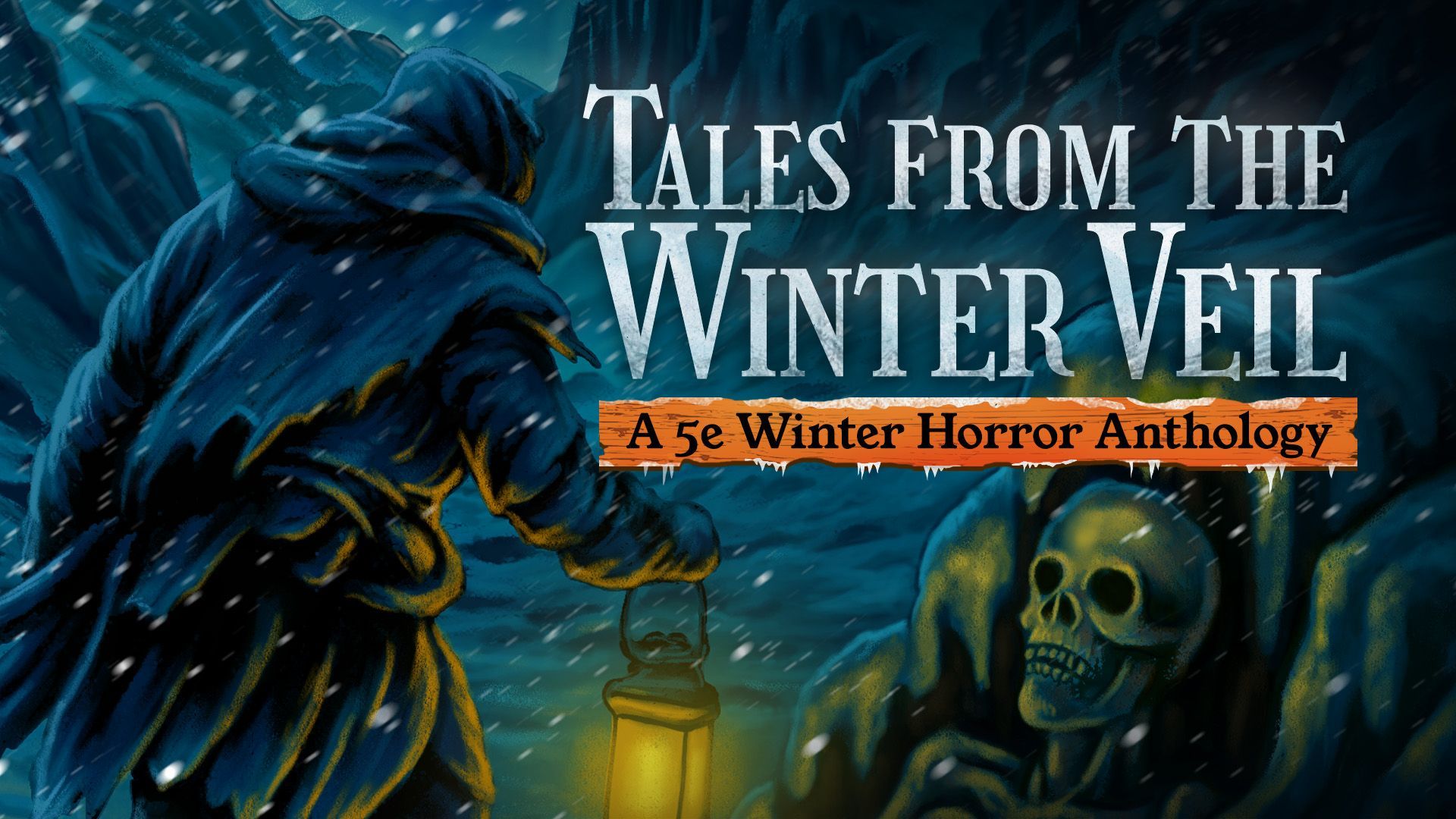Storms, Sun, and Sorcery: Crafting Dynamic Weather in Your D&D Campaigns
Whether the weather be hot; whether the weather be cold
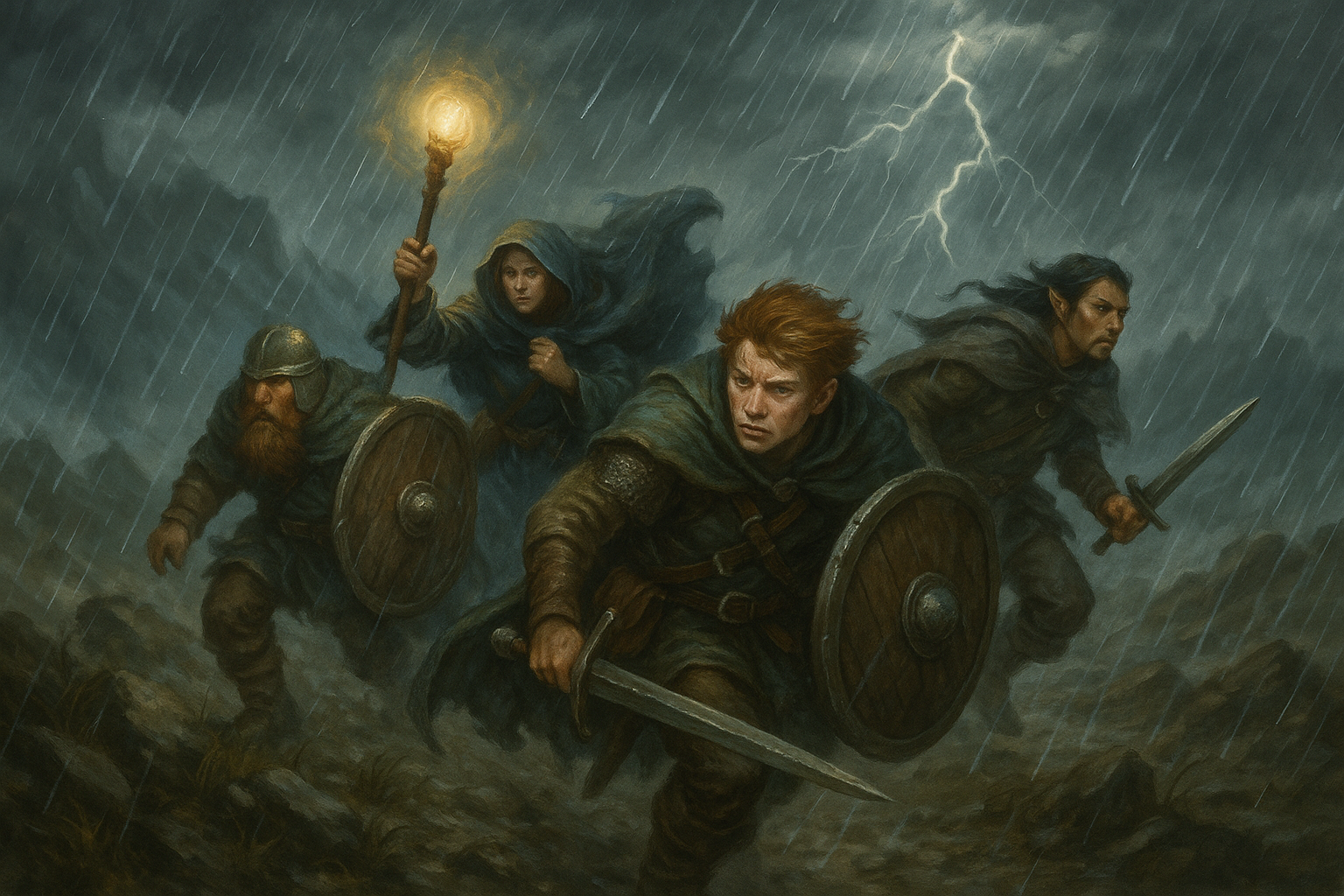
Dear Readers,
One of the most immersive and often underutilized elements of a Dungeons & Dragons game is the weather. Weather, when handled dynamically and intentionally, can transform your campaign from a static backdrop into a living, breathing world that responds to time, place, magic, and the players themselves. In this blog post, we’re going to explore how to create dynamic weather systems that not only enrich your storytelling but also provide mechanical and narrative impact on gameplay.
Let’s talk about building weather systems that do more than just determine whether your players need a cloak or sunscreen.
1. Why Weather Matters
Weather shapes how people live. It influences travel, clothing, architecture, agriculture, and even culture. In the real world, a long winter might spell famine or shape religious practices. In a fantasy world, weather might be even more powerful — a sign of divine mood or the fallout of magical catastrophe.
Incorporating weather adds texture and realism. A stormy trek up a mountainside feels different from a calm spring stroll. Torrential rains can change a battlefield. Drought might incite conflict.
Done right, weather doesn’t just paint a picture — it builds tension, motivates decisions, and influences outcomes.
2. How to Create Believable Weather Patterns
Believable doesn’t mean boring. It means consistent enough that your players suspend disbelief.
Start by answering a few worldbuilding questions:
- What is the climate of this region?
- Are there geographical features affecting the weather (mountains, oceans, magical anomalies)?
- What season is it?
- How long do weather events usually last?
Then, consider patterns. Not every session needs a weather roll, but general rules help. Coastal towns might be foggy in the morning and rainy by dusk. Deserts have searing days and freezing nights.
Use real-world models if needed. The Köppen climate classification, for instance, gives useful archetypes like tundra, steppe, tropical savanna, and so on.
3. Integrating Magical or Fantasy Elements
This is where it gets fun.
- Wild magic zones might spawn random weather like firestorms or snow flurries in summer.
- Celestial alignments could alter tides or weather patterns.
- Divine wrath may result in permanent thunderstorms or droughts.
- Artifacts or cursed locations might bring unnatural fog, ash rain, or aurora effects.
Weather becomes an opportunity for storytelling. A region might be cursed to never see sunlight again. The players might need to recover a relic to restore balance to a kingdom stuck in eternal winter.
Weather-driven plot points are fantastic hooks.
4. Tools and Systems for Tracking Weather
You don’t need to simulate a meteorologist’s daily chart, but some structure helps.
Here are a few tools and methods:
- Daily roll system: Roll a d20 each day; lower numbers mean more extreme weather. Adjust modifiers for climate or season.
- Weekly weather charts: Create a 7-day forecast for major regions in advance. Add randomness for magical shifts.
- Weather generators: Tools like Donjon or Fantasy Name Generators include weather systems.
- Custom tables: Build tables specific to regions: tundra, jungle, ocean, etc.
- Apps: Some apps (like World Anvil) let you integrate weather into world tracking.
The key is keeping it manageable — enough to add depth, not bog down.
5. In-Game Effects: Mechanical and Narrative
Here’s where weather shines. Let it influence gameplay beyond a flavor description.
Mechanical Effects:
- Travel: Muddy roads slow wagons. Icy passes require checks.
- Combat: Strong winds hinder ranged attacks. Fog provides concealment.
- Spellcasting: Lightning storms interfere with flying or concentration.
- Resting: Extreme heat or cold may cause exhaustion without proper gear.
- Survival Checks: Navigating, hunting, or tracking might require higher DCs in bad weather.
Narrative Effects:
- Mood and tone: Rain at a funeral. Snow during a desperate siege. Sunshine at a coronation.
- Foreshadowing: A red sky could hint at war. Sudden winds may mean a dragon is near.
- Obstacles: Washed-out roads, flash floods, frozen rivers.
- Immersion: Rain tapping on the windows of a tavern while NPCs whisper about rumors.
Tie weather to player choices. A hasty journey might mean braving a storm. Camping in the open might be risky. Magic to control weather becomes immensely valuable.
6. Example Weather Events
Let’s look at some vivid events across different biomes.
Tundra:
- Whiteout: Vision reduced to 10 feet. No travel without Navigation checks.
- Permafrost Storm: Ice chunks fall like hail. DEX saves or bludgeoning damage.
Jungle:
- Monsoon: Roads vanish. Insects and disease are rampant.
- Fever Fog: Magical spores cause hallucinations unless CON saves are made.
Desert:
- Sandstorm: Disadvantage on all perception checks. Suffocation risk without protection.
- Mirage Heat: Illusions of water appear; can lead parties off track.
Mountains:
- Avalanche: Tremors trigger a wall of snow. Skill challenge to avoid being buried.
- Thunder Snow: Lightning strikes mid-blizzard. Risk of electrical damage.
Ocean:
- Waterspout: Tornado at sea. DC 18 Strength check to hold course.
- Bioluminescent Storm: Everything glows. Advantage on stealth; but visible for miles.
7. Sample Dynamic Weather Chart
Let’s design a d20 weather table for a temperate forest during spring:
d20WeatherEffect1Lightning stormDisadvantage on ranged attacks; STR save vs prone if in open2-3Torrential rainTravel speed halved; perception -24-5Heavy fogVisibility 20 feet; stealth +56-8Light rainTracks are hard to follow; disadvantage on fire-starting9-12OvercastSlight chill; mood dampened13-15Mild breeze and sunMorale +1; no mechanical effect16-17Bright and sunnyAdvantage on outdoor performance/persuasion18-19Warm and clear nightBetter for stargazing, nighttime rituals20Rainbow and clear skiesSuperstitious NPCs feel hopeful; +1 to social checks
Modify this based on time of year or local conditions.
8. Tips for Pacing and Balance
Weather can be impactful, but shouldn’t feel like punishment.
Don’t overuse it. Not every session needs a weather complication. Use it when it heightens drama or flavor.
Let it serve the story. A storm during an important journey or siege can be memorable. A sunny day after a hard battle can be healing.
Balance mechanics with fun. Limit exhaustion, don’t overburden players with checks, and always allow clever solutions — spells, items, or smart planning.
Use music and description. Rain sounds. Thunder. Describe how it feels, smells, and looks. Players respond well to sensory immersion.
Reward players who prepare. If someone buys tents, cloaks, or casts Control Weather, let it matter. Create a world where preparation is meaningful.
Use it to showcase the world. Make weather reflect the mood, magic, or mystery of your setting. If a god dies, maybe the sun doesn’t rise for three days. If the fey are stirring, strange glowing mists appear at night.
Wrapping Up: Weather as a Living Force
Creating dynamic weather systems is an incredible tool in your DM arsenal. It elevates immersion, challenges players, and brings new stories into the game — stories they’ll remember not just because of the monsters they fought, but the blizzard they endured or the tempest they survived to reach the villain’s tower.
Whether you use random rolls, narrative choices, or tie it to divine or arcane events, let weather breathe life into your campaign.
Until next time, Dear Readers...
















